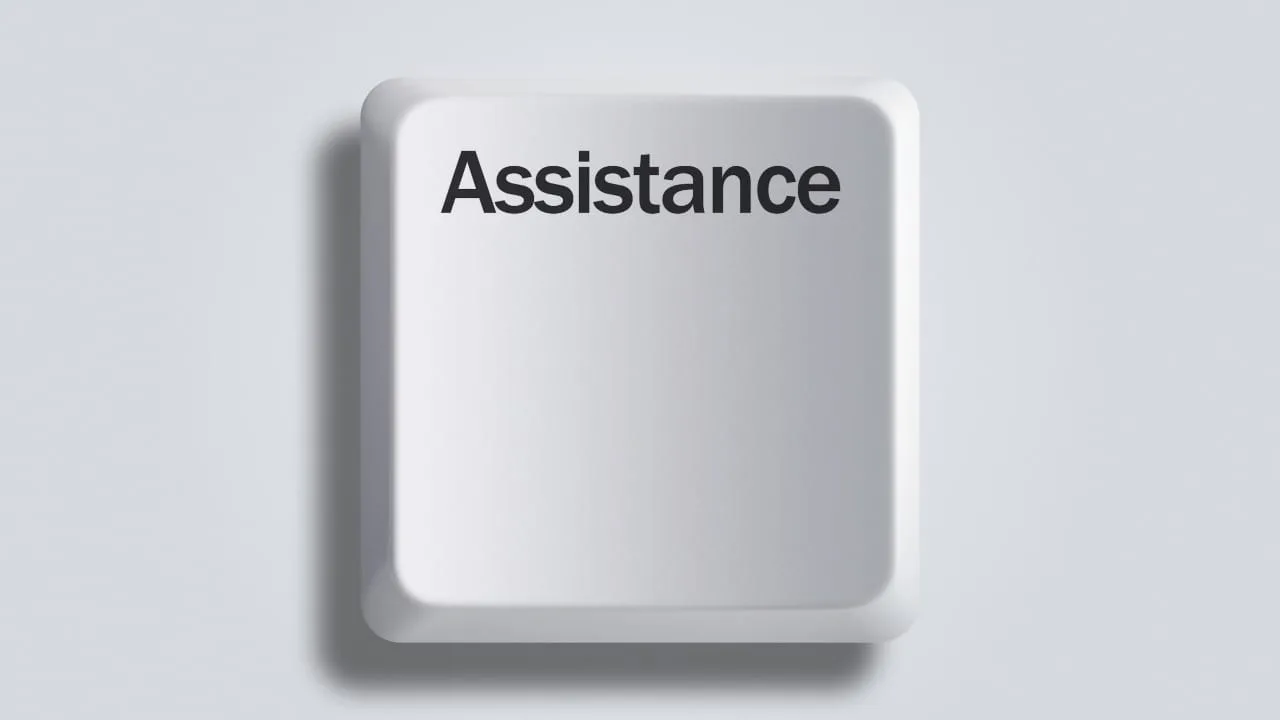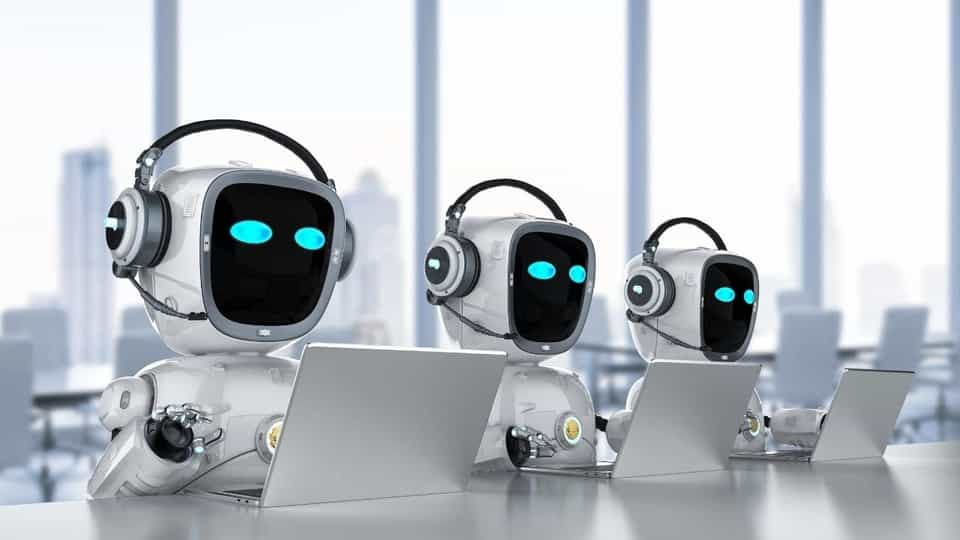In the past few years, artificial intelligence (AI) has revolutionized the way we live our lives. From virtual assistants to self-driving cars, AI has become an integral part of our daily routine. One of the most prominent examples of AI is the GA.
Launched in 2016, GA is a virtual assistant that is powered by artificial intelligence. It is designed to help users with their daily tasks and answer their questions using natural language processing (NLP). GA can be used on a variety of devices, including smartphones, smart speakers, and smart displays.
In this article, we will explore the features of GA and the underlying technology that powers it.
What is Google Assistant?

Google Assistant is a virtual assistant that is designed to help users with their daily tasks. It is an AI-powered assistant that uses natural language processing (NLP) to understand the user’s questions and provide them with relevant answers. GA can be accessed through a variety of devices, including smartphones, smart speakers, and smart displays.
Google Assistant can be used to perform a wide range of tasks, including:
- Setting reminders and alarms
- Sending text messages and making phone calls
- Playing music and videos
- Getting directions and finding places
- Answering general knowledge questions
- Translating languages
- Controlling smart home devices
GA can also be customized to suit the user’s preferences. For example, the user can change the voice of the assistant or change the language that it speaks.
How does GA work?

GA is powered by artificial intelligence and uses natural language processing (NLP) to understand the user’s questions and provide them with relevant answers. NLP is a branch of AI that focuses on the interaction between computers and human language.
To understand the user’s questions, GA uses a combination of machine learning and deep learning algorithms. Machine learning is a type of AI that enables machines to learn from data without being explicitly programmed. Deep learning is a subset of machine learning that uses artificial neural networks to simulate the way the human brain works.
When a user asks a question, GA uses NLP to break down the question into its component parts. It then uses machine learning algorithms to identify the intent of the question and to extract the relevant information. For example, if the user asks, “What is the weather like today?”, GA will use NLP to identify the intent of the question (i.e., weather) and extract the relevant information (i.e., the current weather conditions).
Once the relevant information has been extracted, GA uses deep learning algorithms to generate a response. The response is then delivered to the user in a natural language format.
What are the features of GA?

Google Assistant has a wide range of features that make it a powerful virtual assistant. Some of its key features include:
Multilingual support
Google Assistant can understand and respond in multiple languages, making it useful for users who speak different languages.
Integration with Google services
GA can be integrated with other Google services such as Google Calendar, Google Maps, and Google Photos, making it easy to access and manage these services using voice commands.
Contextual awareness
Google Assistant is designed to understand the context of the user’s questions and provide relevant answers. For example, if the user asks, “Who is the president of the United States?”, GA will provide the name of the current president, but if the user follows up with “How tall is he?”, GA will understand that the user is referring to the president and provide the height of the current president.
Personalization
GA can be personalized to suit the user’s preferences. For example, the user can customize the wake word used to activate the assistant, change the voice of the assistant, and even create routines that automate multiple tasks with a single voice command.
Smart home control
GA can be used to control smart home devices, such as lights, thermostats, and cameras. This makes it easy for users to manage their home environment using voice commands.
Entertainment
GA can be used to play music, podcasts, and videos from a variety of sources, including YouTube, Spotify, and Google Play Music.
Voice recognition
GA uses advanced voice recognition technology to accurately identify the user’s voice and respond to their commands. It can also recognize multiple voices, allowing different users to access their personalized settings and preferences.
What are the benefits of using GA?

Using GA can provide a range of benefits, including:
Timesaving
GA can help users perform tasks more quickly and efficiently. For example, it can set reminders and schedule appointments in seconds, saving the user time and effort.
Convenience
GA can be accessed using voice commands, making it convenient for users who are busy or have their hands full. It can also be used on a variety of devices, making it easy to access from anywhere.
Personalization
GA can be personalized to suit the user’s preferences, making it a more enjoyable and engaging experience.
Accessibility
GA can be a useful tool for users with disabilities or impairments, as it allows them to perform tasks using voice commands instead of physical actions.
Entertainment
GA can provide entertainment, such as playing music or videos, which can help users relax and unwind.
Smart home control
GA can be used to control smart home devices, making it easy for users to manage their home environment using voice commands.
Learning
GA can help users learn new things by providing answers to their questions and offering information on a wide range of topics.
What are the challenges of using Google Assistant?

GA has many benefits, there are also some challenges to using this technology, including:
Privacy concerns
GA collects and stores data about the user’s interactions with the assistant, which raises concerns about privacy and data security.
Accuracy
GA is generally accurate; it may sometimes misunderstand the user’s commands or provide incorrect information.
Dependence
Users may become too reliant on GA and may struggle to perform tasks without its assistance.
Compatibility
Some smart home devices may not be compatible with GA, which can limit its usefulness for controlling the user’s home environment.
Language barriers
Google Assistant may not be able to understand and respond to questions in all languages, which can limit its usefulness for users who speak languages other than those supported by the assistant.
What is artificial intelligence?

Some common applications of Artificial Intelligence include image and speech recognition, language translation, virtual assistants, recommendation systems, autonomous vehicles, and predictive analytics. AI is also being used in industries such as healthcare, finance, and manufacturing to improve efficiency, accuracy, and decision-making.
Overall, AI is a rapidly evolving field that has the potential to transform many aspects of our lives, from how we work and communicate to how we experience entertainment and access healthcare.
Conclusion
GA is a powerful virtual assistant that is powered by artificial intelligence. It can help users perform a wide range of tasks, from setting reminders and alarms to controlling smart home devices. Its natural language processing technology and advanced voice recognition make it a convenient and accessible tool for users, and its personalization options make it a more engaging and enjoyable experience. While there are some challenges to using GA, its benefits make it a valuable tool for users who want to save time and perform tasks more efficiently.



